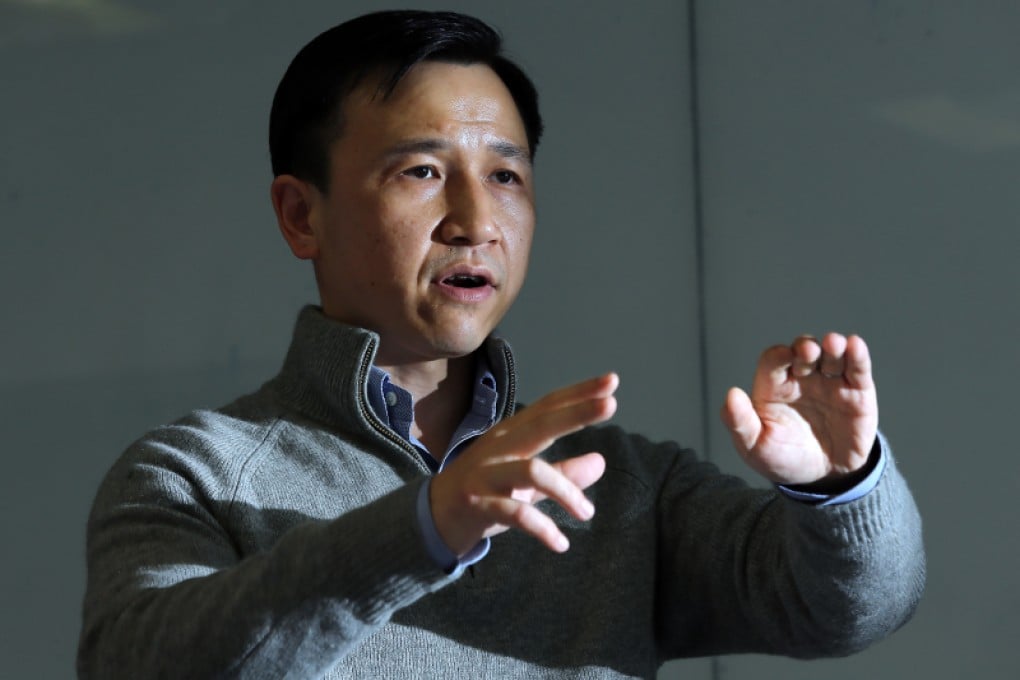HKUST professor’s research gives hope to those suffering from spinal cord injuries

Perseverance and persistence can allow new possibilities to arise from seemingly impossible situations. That’s what can be learnt from the story of Kai Liu, assistant professor at the division of life science at the Hong Kong University of Science and Technology (HKUST). In spite of many obstacles, Liu stuck steadfastly to his research, and came up trumps at the end.
Eight months ago, a team led by Liu announced new research into the repair of the central nervous system after chronic injury. The research offered a glimmer of hope on the treatment window for people afflicted with spinal cord injuries. These groundbreaking discoveries were published in Journal of Neuroscience, the official journal of Society for Neuroscience, in July 2015.
Damage to axons, the nerve fibres which control voluntary motor functions in the central nervous system, typically results in permanent functional disabilities. But since the neurons inside the brain have not actually died, if a way to restore the spinal cord connection can be found, functionality could be restored, giving the central nervous system a chance to recover.
In their breakthrough study, Liu and his team found that the deletion of a gene called PTEN from laboratory mice with chronic spinal injuries activated mTOR, another gene. mTOR drove damaged axons to regenerate, and re-form connections, even when the treatment was initiated at one year after injury. Although more research needs to be done before human trials, the findings are highly encouraging, and considerably extend the window of opportunity for regenerating axons severed in spinal cord injuries. It’s a big step forward, as axon regeneration is a rare phenomenon that is difficult to facilitate.
Liu knew his discovery was a big step forward, but it would be difficult to inhibit PTEN without increasing pathological risk, because it is a tumor suppressor. But the professor knew that difficulties always present new opportunities, and success depends on perseverance and tenacity. He kept working on the problem, and just eight months later, came up with a solution.
“We have explored alternative methodologies to activate mTOR which do not remove the PTEN gene,” says Liu. “The axons can be regenerated without getting rid of the tumor suppressor, so that risks can be highly reduced.”
Liu’s research team, which comprises eight scientists, including postdoc, MPhil, and PhD students, found that axon regeneration can be achieved through either optical or chemical stimulation of neuronal activity. The findings were published in Proceedings of the National Academy of Sciences, the official journal of the National Academy of Sciences of the United States of America, in February 2016.
